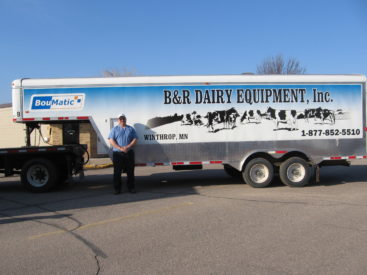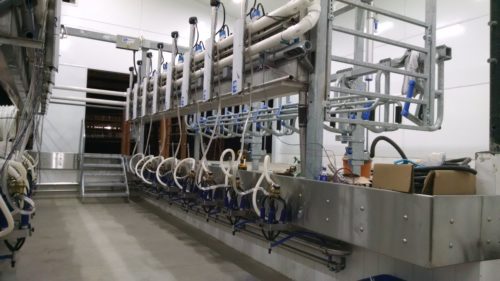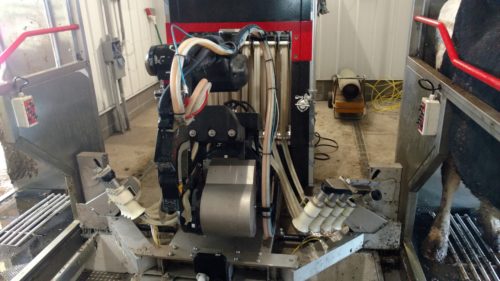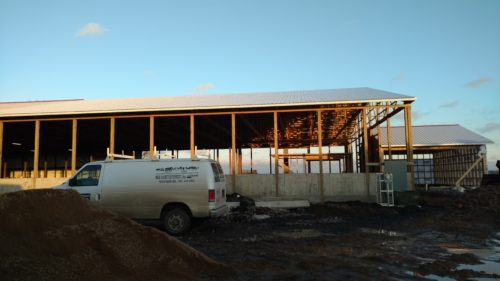As Thanksgiving is right around the corner let’s take some time to talk about something every farmers is thankful for: Heifer Calves! (I can count on one hand the number of times I have heard about a farmer being upset when a heifer calf is born!) Heifers are so very important because they are the building blocks of your future herd. So, if they are the future of your dairy farm, shouldn’t we want to give them the best care possible? Here are some main points to help your calves reach their optimal potential!
Birth
At birth, do your normal routine: Make sure they dry off, dip navel in iodine, give vaccines, etc. The next important thing is to give them colostrum, right? Yes, but QUALITY colostrum is often forgotten about. When I was young I was always taught, “The older the cow, the better the colostrum”. Makes sense, right? The older she gets the more passive immunity she can build up. Though this is a practical guideline, you cannot know for sure unless you use a colostrometer. For a small investment (can be found on Amazon.com) you can test and KNOW the quality of your colostrum before it’s given to the calf. Poor testing colostrum should be discarded, and frozen colostrum should be thawed at a slow rate, and then fed to the calf. With a colostrometer you can guarantee that your colostrum bank is of the highest quality.
Bedding
Clean and dry, clean and dry, CLEAN AND DRY! One cannot put enough emphasis on how integral it is to keep calves in a clean and dry housing environment. Bacteria can live on a porous surface and be dormant for extensive amounts of time. This is why it is important to clean and disinfect pens between each individual calf. Plastic stall dividers, though not the cheapest, make this process easier to do. Plywood dividers can work too, but should be painted every year to deter bacteria from being absorbed into the wood. Calf pens should always be full of ample dry bedding. Straw usually works best, but the main focus should be that they have a clean dry place to nestle and lay down. Checking the pens and giving additional bedding at each feeding will ensure a valuable rearing environment.
Feeding
Though everyone’s feeding routine and protocol is unique and catered to each farm’s need, the main thing is to keep it consistent. A sporadic and untimely feeding schedule is very hard on a calf’s digestive system and can only lead to problems. Sticking as close to schedule feeding times as possible is beneficial. Keeping fresh calf starter and water available at all times encourages aggressive appetite, which leads to better growth rates.
Stress
Young calves are extremely sensitive to any stress so it is imperative to put them through as little stress as possible. Stressful protocols such as dehorning, vaccinating, and weaning, should never be done on the same day; space them out over time. This gives calves a decent amount of time to bounce back and recuperate.
Climate
In summer months it is obviously important to keep calves as cool as possible. Good air flow and ventilation is also a great way to discourage flies. Having fans running in barns, or keeping calves’ hutches in a shady area makes a big difference. So naturally as it gets colder we need to keep calves warm. A rule of thumb for the Midwest is that if you are continually in a sweatshirt all day, it’s time to start putting jackets on newborn calves. It may seem silly, but remember, any calories they don’t have to waste by trying to stay warm, is calories they can use for positive growth weights.
Conclusion
Just remember that it only takes the tiniest stone to cause a ripple. These may seem like minuscule approaches that just add more work to an already full work day, but they are 100% worth it in the end. Healthy and happy calves, make profitable cows.




